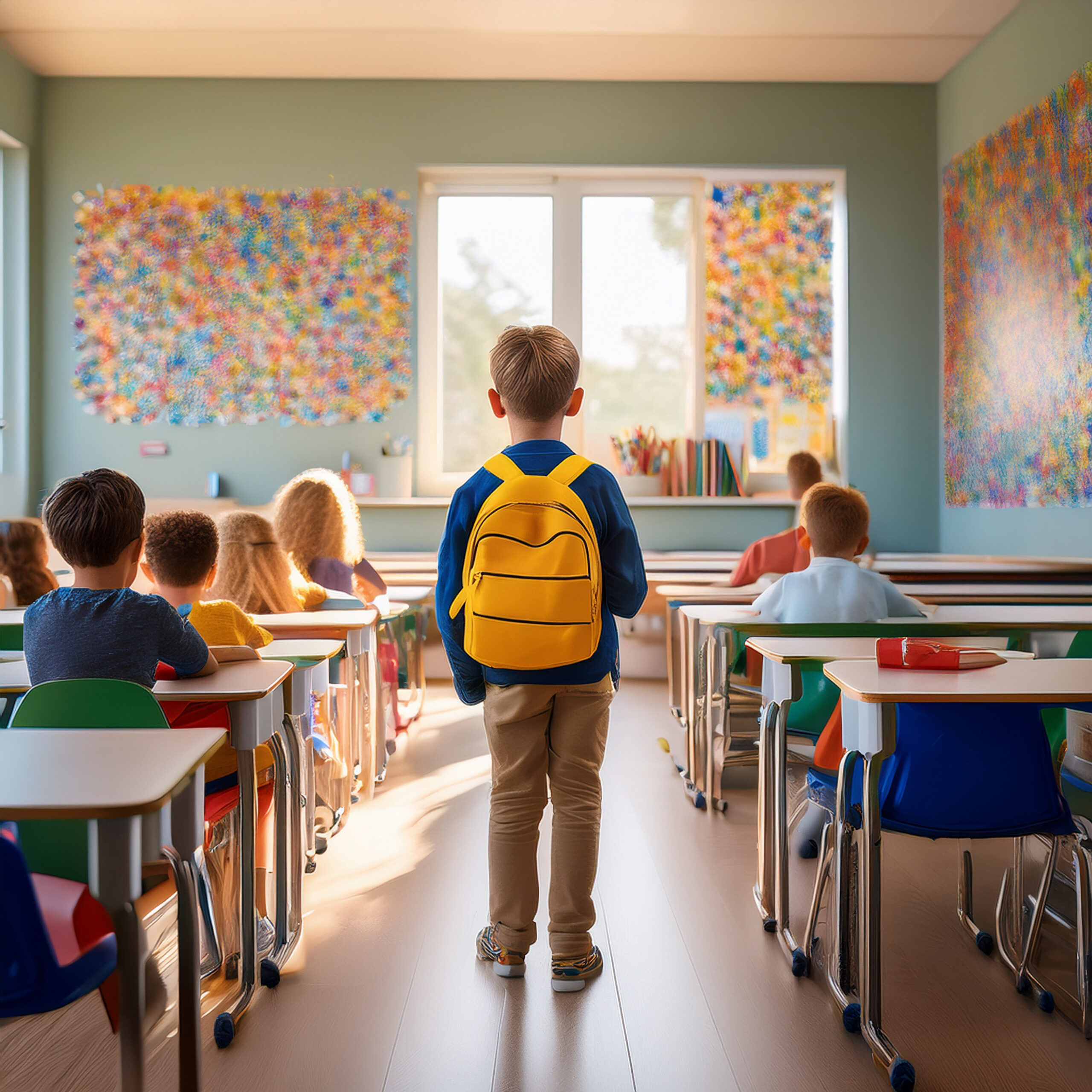For many families, late August and early September bring both excitement and stress. For autistic students, the start of school is not just about books and teachers. It is also about navigating sensory environments, shifting routines, and the ongoing work of making classrooms truly neuroinclusive.
“It’s exciting, but there’s always that pit in my stomach about how long it will take for the school staff to really understand my son,” said Maria Hernandez, a California parent of a 12-year-old with an Individualized Education Program (IEP). “We prepare as much as we can at home, but there are so many pieces out of our control.”
Her experience is familiar to many. What helps is planning ahead, leaning on strengths, and ensuring strong communication with educators.
Making Transitions Predictable
Transitions carry the weight of change and uncertainty, which can be especially tough when routines suddenly shift. Families have found that previewing the school environment is one of the most effective supports.
Helpful steps include:
- Visiting classrooms and hallways before the first day
- Practicing sleep and morning routines a week or two early
- Using visual schedules or social stories to outline each part of the day
A 2023 Autism Research study found that students provided with visual supports adapted more quickly and showed fewer stress indicators during transitions. Predictability did not just help children. It reduced stress for parents, too.
Sensory Supports and Anxiety
Hallways, gymnasiums, and cafeterias are often the hardest parts of the day. Bright lights, noise, and crowded movement can overwhelm even before lessons begin. In Uniquely Human (2021), psychologist Barry Prizant noted that sensory distress is too often misread as misbehavior. Clearer awareness helps shift responses toward support instead of discipline.
Some families and self-advocates recommend:
- Noise-reducing headphones for loud spaces
- A “comfort kit” with fidgets or a familiar object
- A designated calm space where the student can regroup
A Minnesota teen put it simply during an Autism Society webinar in 2024: “I tell my teacher when I need two minutes in the hallway. If I can walk and breathe, I can usually come back.” Practical strategies like this can turn potential shutdowns into manageable pauses.
Routines that Restore Energy
School days can be draining, so what happens after dismissal matters as much as what happens inside the building. Families often craft after-school routines that balance decompression and productivity.
Consider:
- Pausing before homework to allow rest time
- Using timers or checklists for smoother transitions
- Prioritizing unstructured time for personal interests
Occupational therapist Kara Kosinski has described this predictability as key: “The more consistent a family can make transitions, the less energy is spent in each turn of the day.”
Working with Schools
IEPs are meant to clarify responsibilities, but they only work with active communication. Some families bring a one-page profile to share their child’s strengths, sensory needs, and strategies that work at home. Others request scheduled check-ins during the first weeks to troubleshoot.
Proactive steps can prevent small frustrations from snowballing. And by focusing on the child’s interests and talents, meetings can shift from deficit language toward growth.
Building Self-advocacy and Belonging
Back-to-school planning is about more than supports. It is also an opportunity for autistic students to practice self-advocacy. Choosing their sensory tools, expressing when they need a break, or sharing a special interest with peers reinforces a sense of agency.
Celebrating strengths matters, too. Whether it is astronomy, coding, or drawing, personal interests can become bridges into learning and friendships. These are not side distractions. They are core components of belonging.
Looking Ahead to Fall 2025
Schools in 2025 are slowly moving toward neuroinclusive practices, but progress remains uneven. Families, educators, and autistic advocates are finding creative ways to close the gap. That collaboration is making space for children not only to succeed academically but also to feel valued in their classrooms.
We are reminded each year that back-to-school is not about surviving the calendar. It is about creating supportive environments where autistic children and families know they belong.
Sources
- American Psychological Association. (2022). Guidelines for assessment and intervention with persons with disabilities. Retrieved from https://www.apa.org
- Autism Research. (2023). A randomized controlled trial of visual supports for transitions in autistic youth. Autism Research, 16(5), 850-862.
- Autism Society. (2024, May). Self-Advocacy in the Classroom [Webinar]. Autism Society.
- Brown, L. X. Z. (2020). For autistic people, the school year can be a gauntlet. The New York Times.
- Kosinski, K. (2019). The Special Needs Planning Guide (2nd ed.). Brookes Publishing.
- National Autism Association. (2023). Back to School Toolkit. Retrieved from https://nationalautismassociation.org
- Prizant, B. M. (2021). Uniquely Human: A Different Way of Seeing Autism (Updated ed.). Simon & Schuster.
- Spencer, M. (2022). Sensory challenges in school: What parents and teachers can do. Child Mind Institute.
- The Arc. (2024). Individualized Education Program (IEP) resources and strategies. Retrieved from https://thearc.org
- Weiss, M. J., & Rohland, M. (2021). Family perspectives on transition planning for autistic students. Research in Autism Spectrum Disorders, 82, 101738.









